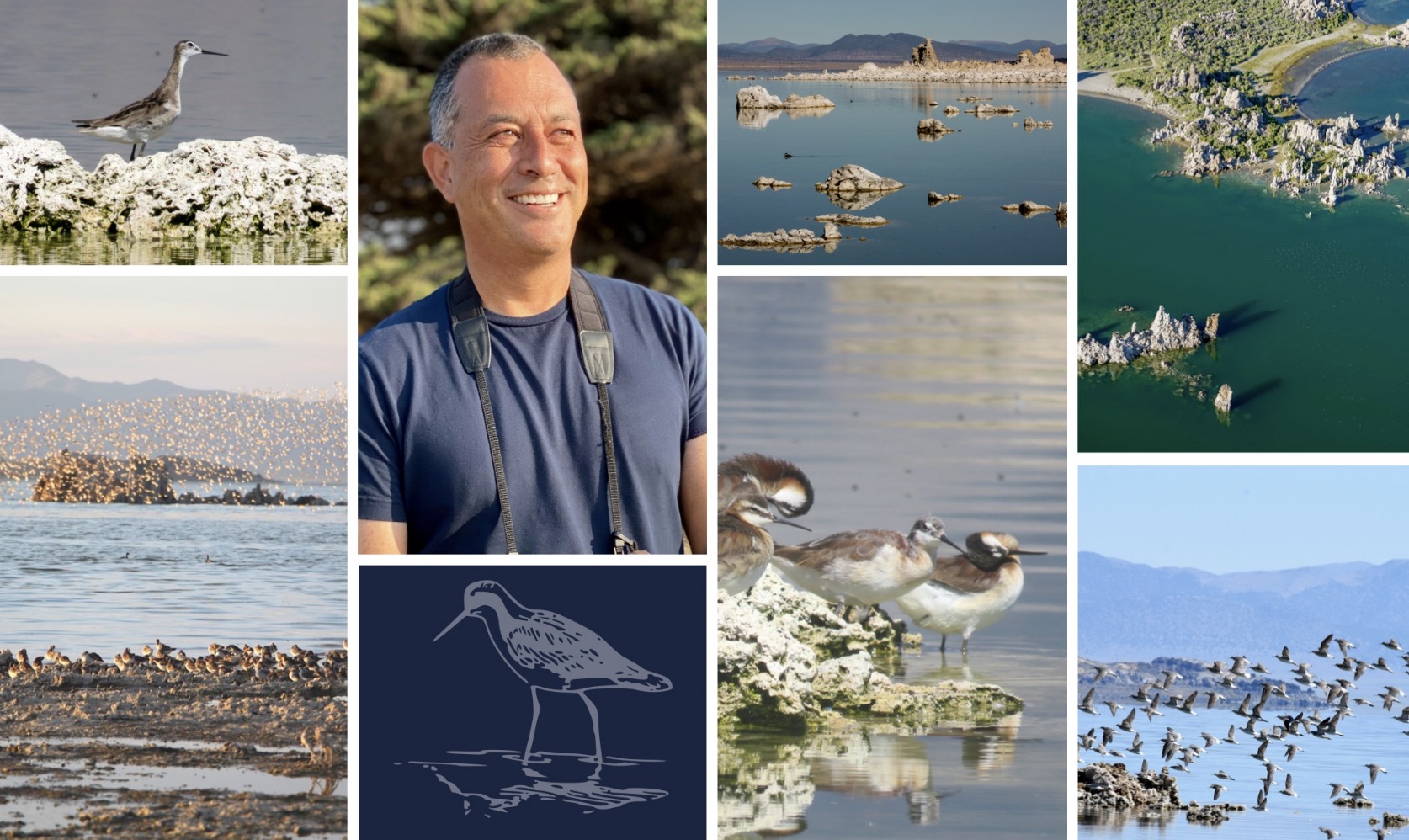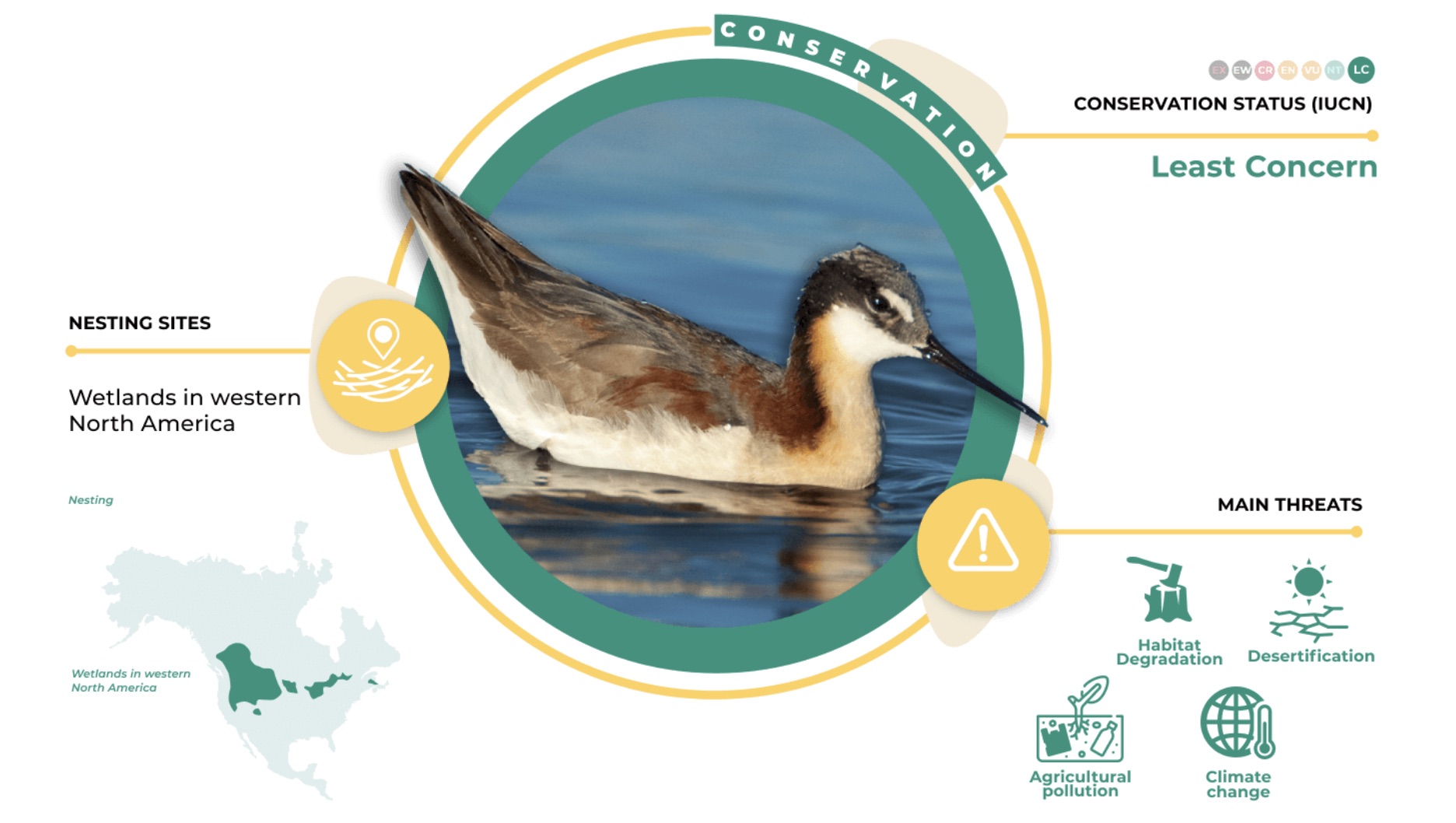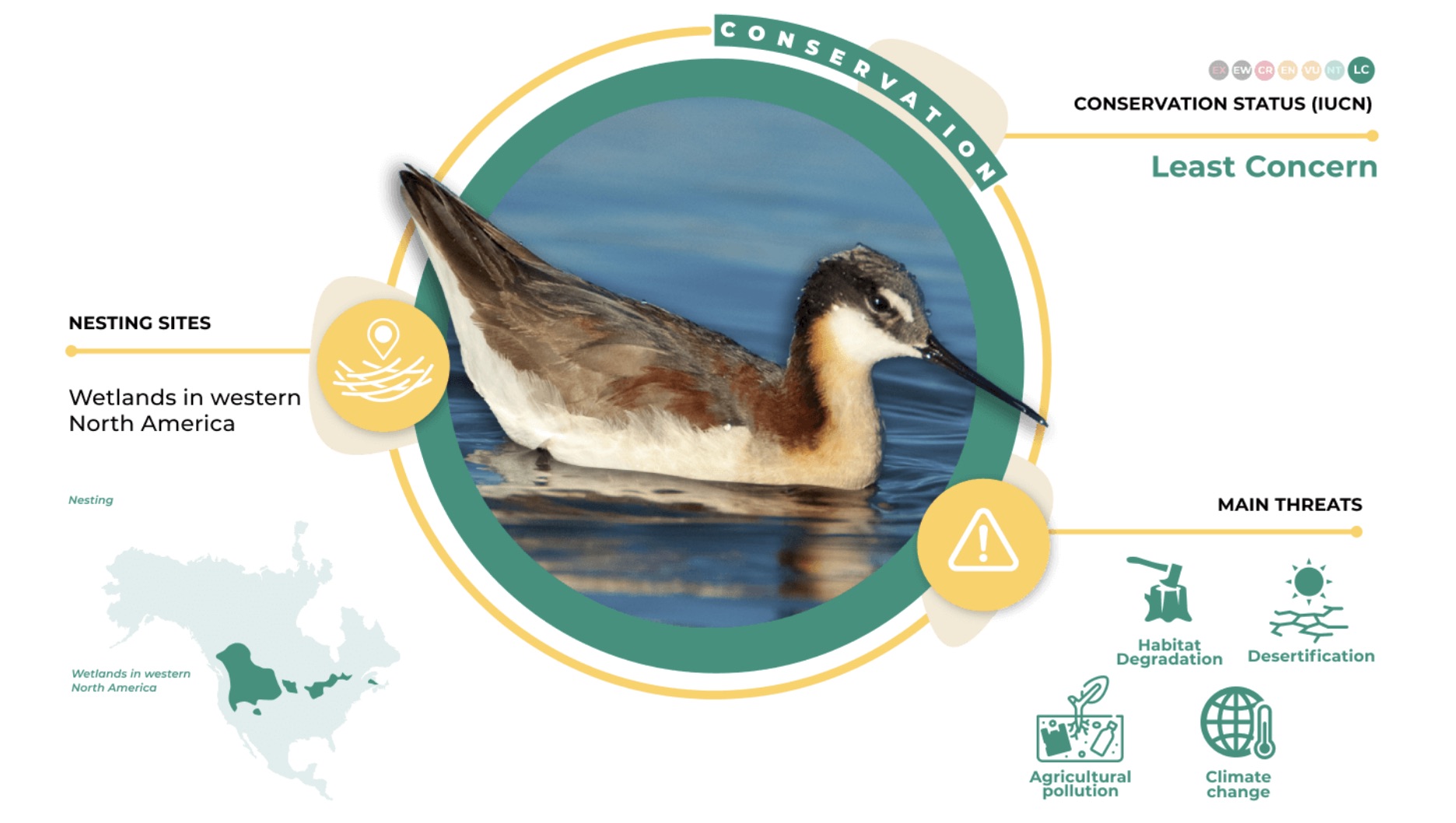|
Getting your Trinity Audio player ready...
|
PRESS RELEASE for DONATION REQUEST. From Coastside birding expert, Alvaro Jaramillo.
Alvaro’s 2nd Big Walk Fundraiser is happening January 31st!
This time to help mighty shorebirds called phalaropes.
He invites you to join and help.
Donate!
During their incredible migrations, phalaropes depend upon saline lakes, one of the most threatened ecosystems on Earth due to water diversion and climate change. Because very little is known about phalaropes, Oikonos Ecosystem Knowledge has teamed up with partners across North and South America to coordinate comprehensive surveys, track their long migrations, and take actions.
The carbon-free event will take place near Alvaro’s home in Half Moon Bay, California, before dawn until dark. How many species will he see this time? How far will he walk?
We are very honored to have the support of Alvaro Jaramillo, a world-renowned bird expert, author and leader of really fun birding tours across the globe.
Your gift will go directly to research and conservation actions for Wilson’s and Red-necked Phalaropes across the western hemisphere.
Donate securely online here with your bank account (lowest fee) or credit card.
By check mail to Oikonos, P.O. Box 1918, Kailua, HI 96734.
Thank you for caring!
Partners: WHSRN, California State Parks, Mono Lake Committee, University of Connecticut, Los Angeles Department of Water and Power, U.S. Forest Service International Program, Aves Argentina, Dechambeau Creek Foundation, and others.
A Note from Alvaro Jaramillo
It is time for another big walk – A “Big Day” where you count bird species, but without the help of any wheels.
You walk, and count.
This time I will be fundraising for phalaropes, research on their populations, movements, and conservation both in the United States and in South America.
Ryan Carle of Oikonos Ecosystem Knowledge grew up by Mono Lake, and has been working on phalaropes there (Wilson’s and Red-necked) for a few years. As well, surveys and ecological work are ongoing in Argentina primarily.
The story here is not only about some of the most lovable and cool of all shorebirds, but the conservation of salt lakes. These are vital, particularly for the Wilson’s Phalarope, and on the whole they are drying out from increased heat and evaporation due to Global Climate Change. Knowing the trends in phalaropes, and their habitat use will inform conservation and management of these salt lakes for the unique ecosystems they provide. This work is important, and needs funding.
So I will walk, I will count, but I need you to help – to get involved and send a contribution to reach our goals.
The cost of applying motus tags to understand movements and habitat use, the boats and time to do the surveys, all of this needs to be paid for. So let’s help Ryan’s team, and in turn salt lakes and phalaropes.
This will be my first “Big Walk” in winter, so fewer species are possible.
I will be walking on Monday, January 31st, 2022 in the Half Moon Bay, California area.
The plan is to break 100 species – my previous walk saw more than this, but it was a different season.
Please give on the link on this page.
If you want to pledge a per bird pledge – email me (alvaro@alvarosadventures.com) and let me know how much per species.
We have a lofty fundraising goal, but the phalaropes are worth it. Oikonos Ecosystem Knowledge is a registered charity, it studies and protects threatened ecosystems by involving diverse communities through scientific and artistic collaborations. Please give online here or by check (Oikonos, POBox 1918, Kailua HI 96734.
Donate!
Wilson’s Phalarope
A banner species of saline lakes in the interior west of North America, but with a poorly understood conservation status.
Natural history
After breeding in wetlands in the northerly latitudes of North America, Wilson’s phalaropes undertake an impressive transhemispheric journey south. Flocks of tens of thousands stop at hyper-saline lakes, such as the Great Salt Lake in Utah and Mono Lake in California, which offer food-rich stopovers to molt feathers and provision for the lengthy journey south. Saline wetlands in the interior of South America, including the high Andes and lowland Argentina, are important non-breeding destinations.
Conservation
Wilson’s phalaropes rely on increasingly threatened wetland and saline lake habitat in both their breeding and migratory ranges. Water diversion, climate change, and agricultural pollution threaten the health of these critical habitats and the birds that rely on them. Because of their vast migrations and remote destinations, the conservation status of the Wilson’s phalarope is not well understood. In collaboration with partners around the western hemisphere, we formed the International Phalarope Working Group, participated in a South America wide non-breeding habitat survey, and are coordinating surveys in western North America – all top priorities for clarifying the conservation needs of Wilson’s phalaropes.

Vision
Each year of coordinated surveys across the western United States offers a more complete understanding of the global population trends of Wilson’s phalaropes and the health of their threatened saline lake habitat. With the International Phalarope Working Group, we continue to advance infrastructure for tracking studies and international capacity building.

Donate!






